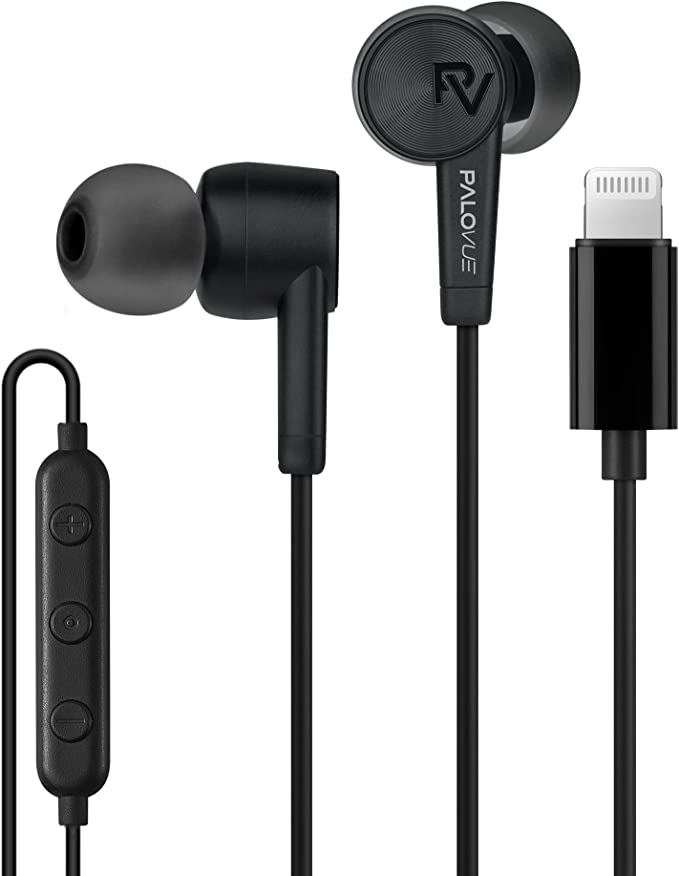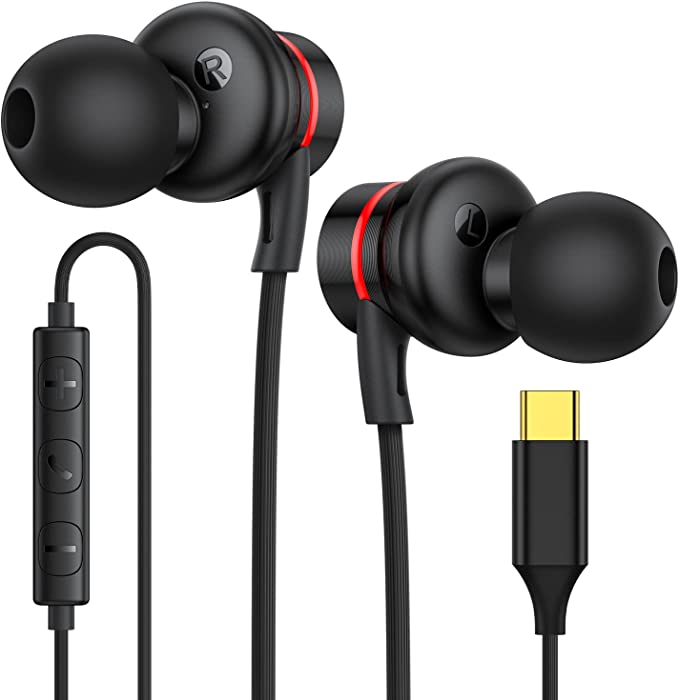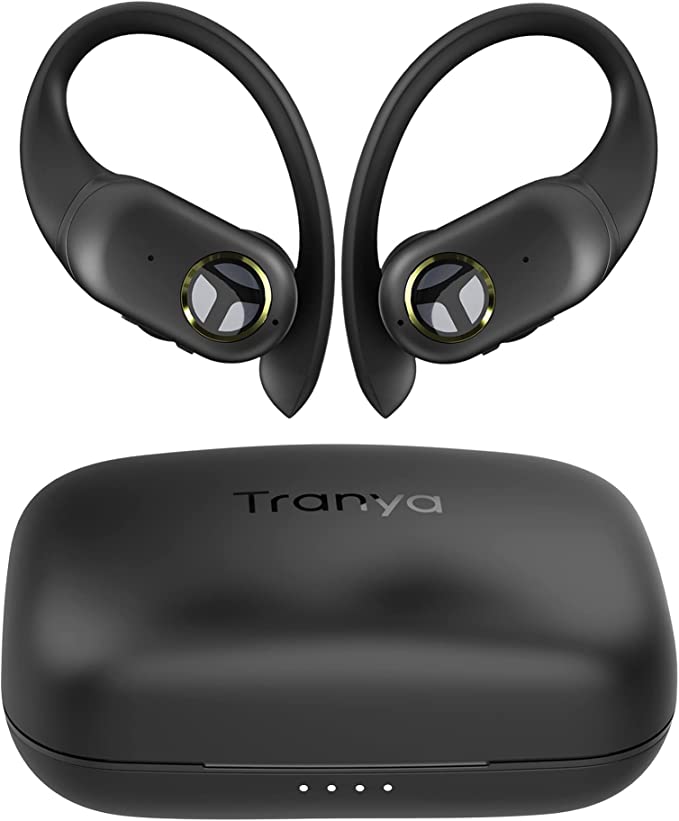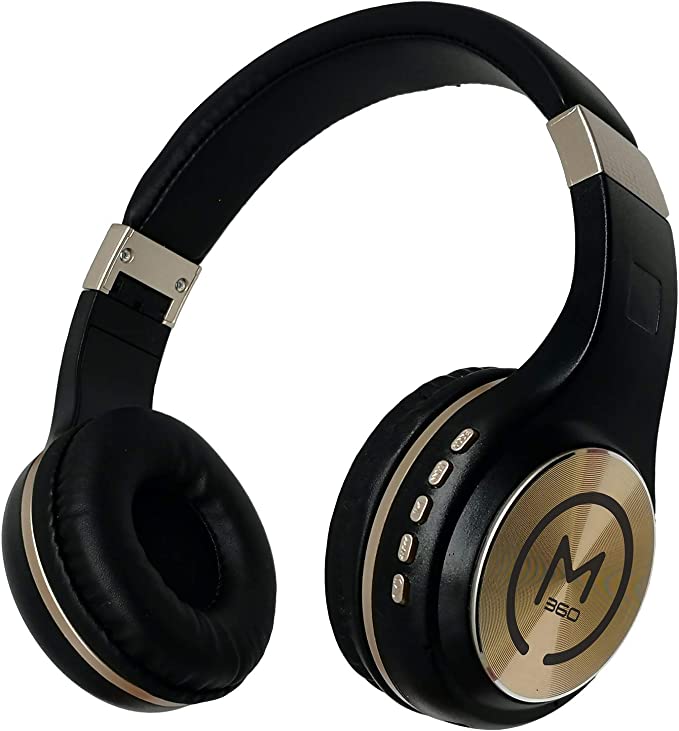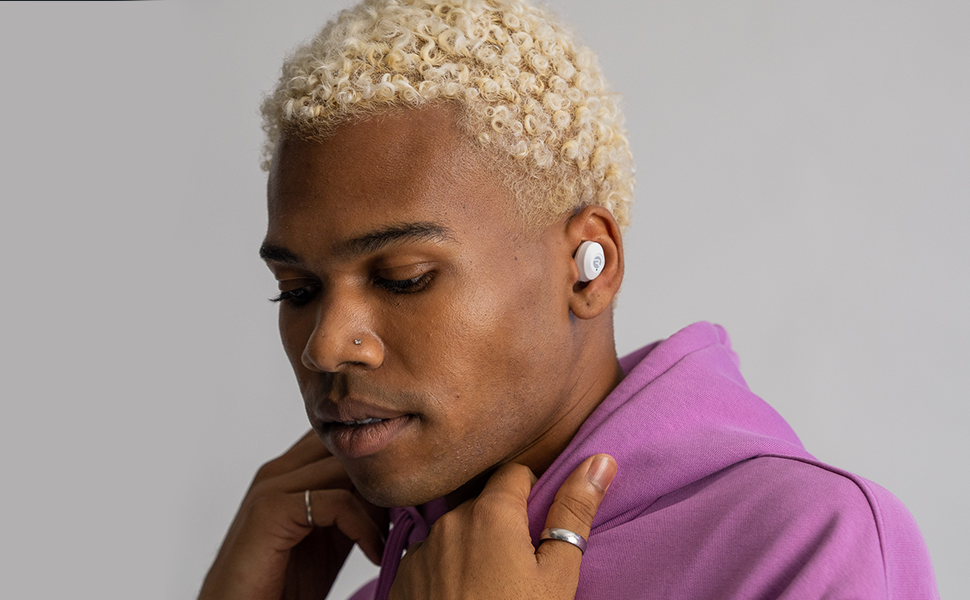CKLYYL M 46 C USB C Earbuds Headphones - Affordable Quality Earbuds with Great Sound
Update on July 2, 2025, 10:54 a.m.
There’s a quiet, almost ritualistic moment of frustration familiar to anyone who has bought a new phone in recent years. You unbox the sleek device, admire its seamless design, and then you reach for your trusty pair of wired earbuds. Your fingers trace the smooth, cool edge of the phone, searching for the familiar, friendly circle of the 3.5mm headphone jack. And then, the realization dawns. It’s not there. What you feel instead is a phantom limb, the ghost of a port that has faithfully served generations. This absence feels like a loss, but it’s also the quiet announcement of a profound technological shift—a story about how our devices unlearned an old language and were taught a new, clearer way to sing.

An Elegy for a Century-Old Friend
Before we welcome the new, let’s pay respect to the old. The 3.5mm jack was a marvel of analog simplicity and endurance. Its ancestor was born in the 19th century, connecting operators to vast telephone switchboards. It stormed into pop culture with the Sony Walkman, becoming the universal symbol of personal audio. It was beautifully straightforward: a physical plug transmitting a continuous electrical wave—an analog of the sound itself—to your ears. It was dependable, ubiquitous, and elegantly simple. But in the relentless pursuit of thinner devices and more complex functionality, its very nature became its downfall. That analog signal was susceptible to electronic noise from within the phone, and the physical space it occupied was deemed too precious. A choice was made: the jack had to go.

The Alchemist in the Machine
The disappearance of the jack pushed audio into the purely digital realm. Inside your phone, your music doesn’t exist as a wave, but as a precise, incorruptible code of ones and zeros. It’s a perfect blueprint, but it’s silent. To turn that code into the soaring vocals and deep bass of your favorite song, you need a form of magic. You need an alchemist. This alchemist has a technical name: the Digital-to-Analog Converter, or DAC.
Imagine the DAC as a master sculptor, locked away inside the tiny head of a USB-C connector. Your phone sends it a rough, blocky piece of digital marble—the raw data of the song. The sculptor’s job is to take this block and, with incredible speed and artistry, carve away everything that isn’t music. It smooths the jagged digital edges into the fluid, organic curves of a soundwave, the very wave that will vibrate the tiny speakers in the earbuds and, ultimately, your eardrums.
The quality of the final sculpture depends entirely on the skill of this sculptor. This is the entire gamble of a USB-C earbud like the CKLYYL M 46 C. Its claim of using a “latest DAC chip” is a bet on the prowess of its internal artist. A skilled DAC can render a sound that is breathtakingly clean and realistic, faithful to the artist’s original vision. A poor one creates a clumsy, distorted mess. The magic isn’t the USB-C port itself; it’s the quality of the alchemist you plug into it.

The Anatomy of a Clear Voice
But even a masterpiece sculpture needs a proper gallery to be appreciated. If the DAC is the sculptor, the earbud itself is the concert hall, and its design is a matter of pure physics. When a product description mentions an “aluminum metal shell,” it’s not just a talking point about durability. It’s about acoustics. A flimsy plastic housing can vibrate sympathetically with the music, like a poorly built wall in a concert hall, muddying the sound with unwanted resonance. A dense, rigid material like aluminum provides acoustic damping; it resists vibration, ensuring that the only sound you hear is the one purely intended by the sculptor. It creates a silent, stable stage for the music to perform.
The signal’s journey to that stage is equally critical. The “oxygen-free copper wire” acts as a flawless nerve pathway from the sculptor’s studio to the concert hall. By removing oxygen impurities, the wire’s conductivity is enhanced, ensuring the delicate electrical signal representing the soundwave arrives with its integrity intact.
Finally, the experience is sealed by the in-ear fit. As one user, Rachael, humorously noted, the sound quality was so good and immersive she was “scared I won’t hear someone calling me.” This is a perfect testament to passive noise isolation. The soft silicone eartips create a physical barrier, like heavy velvet curtains at the entrance of our concert hall, blocking out the distracting noise of the outside world. It’s this complete system—a skilled sculptor in a well-built hall with a clear pathway—that leads to what another user, E.G., described as an “excellent balance of Highs and Lows.” Of course, no hall is perfect; the same user rightly pointed out that the connecting “hallway,” the cable, might feel a bit short for some, a practical trade-off in an otherwise impressive design.

An Echo of the Future
Let us return to the ghost in the port. That physical hole is gone, but its soul—the desire for a direct, personal connection to our music—has been reborn in a more intelligent form. The USB-C port is not just a replacement; it’s an evolution. It’s a single, smart gateway that has learned the old job of its predecessor, but with digital fluency.
The existence of affordable and well-regarded earbuds like the CKLYYL M 46 C is significant. It demonstrates the beautiful democratization of technology. It proves that a high-fidelity experience is not some esoteric, expensive luxury. It is a process rooted in science—in digital theory, material physics, and acoustics. When these principles are understood and applied with care, a rich, immersive soundscape can be unlocked. The ghost in the machine isn’t haunting us. It has simply learned a new, and profoundly clearer, song.

